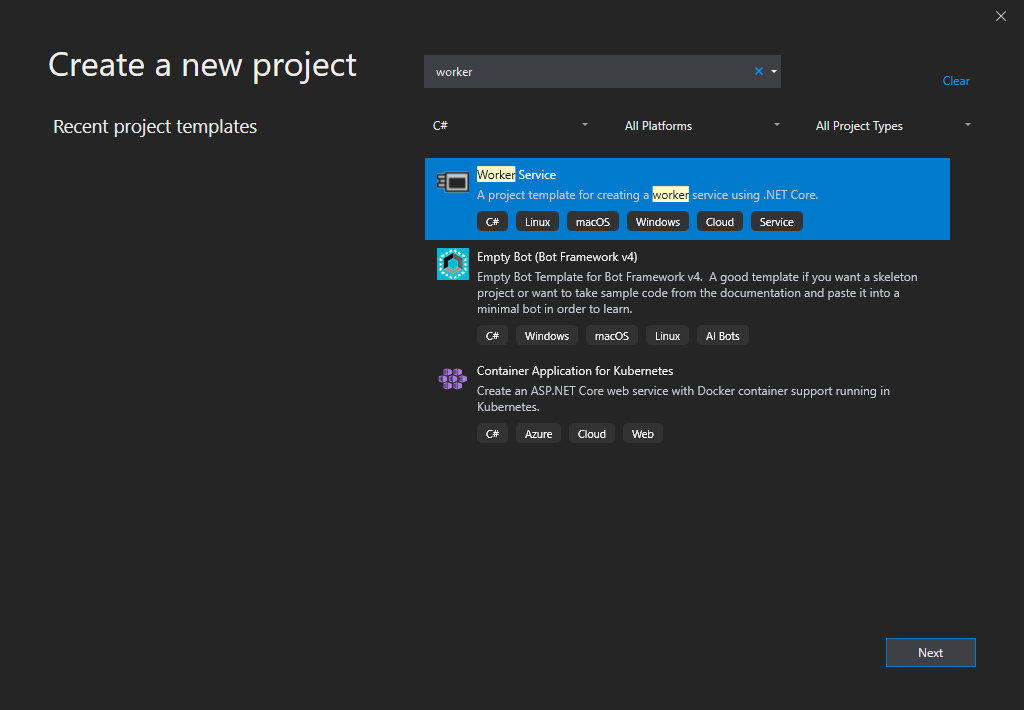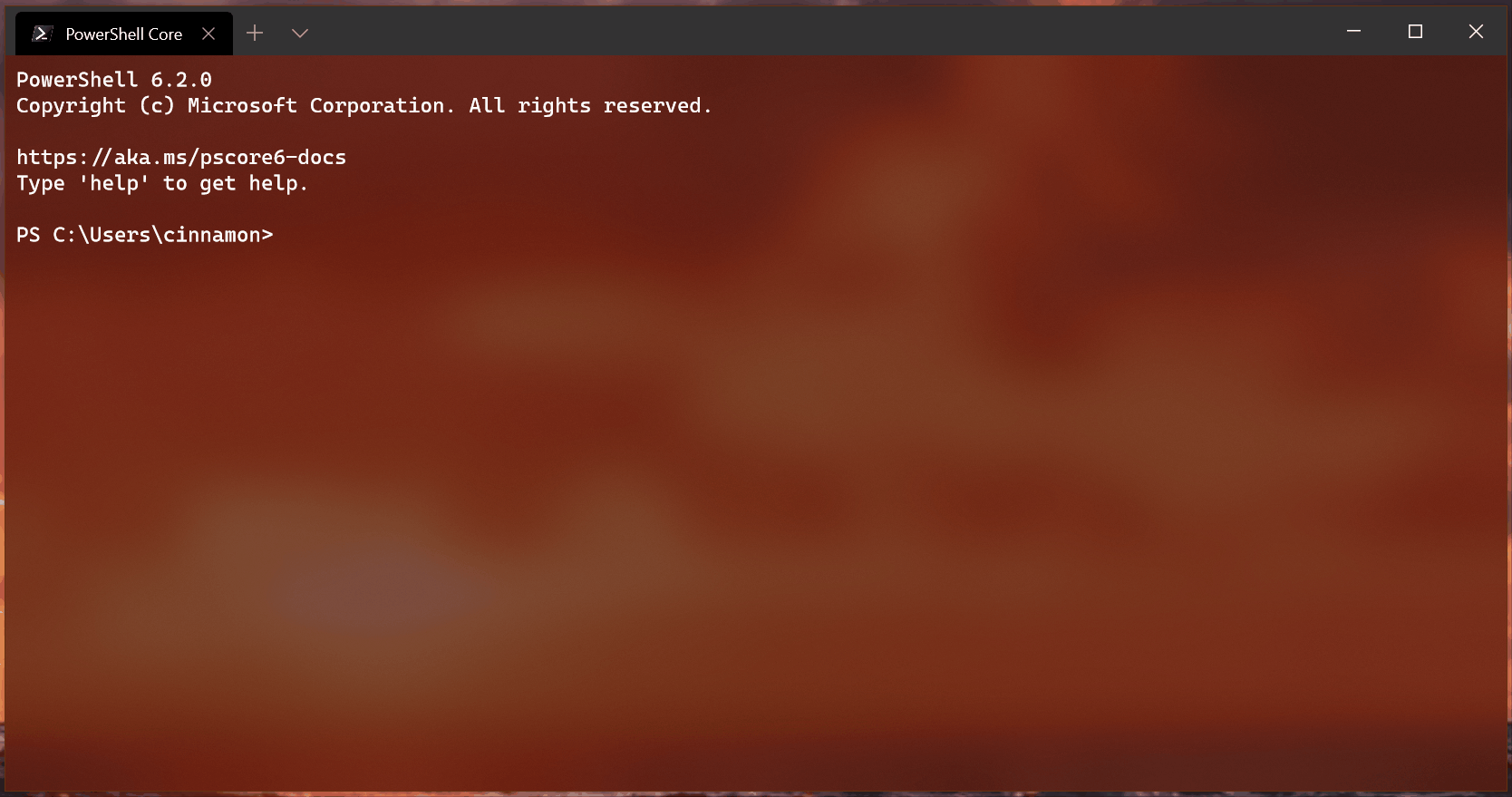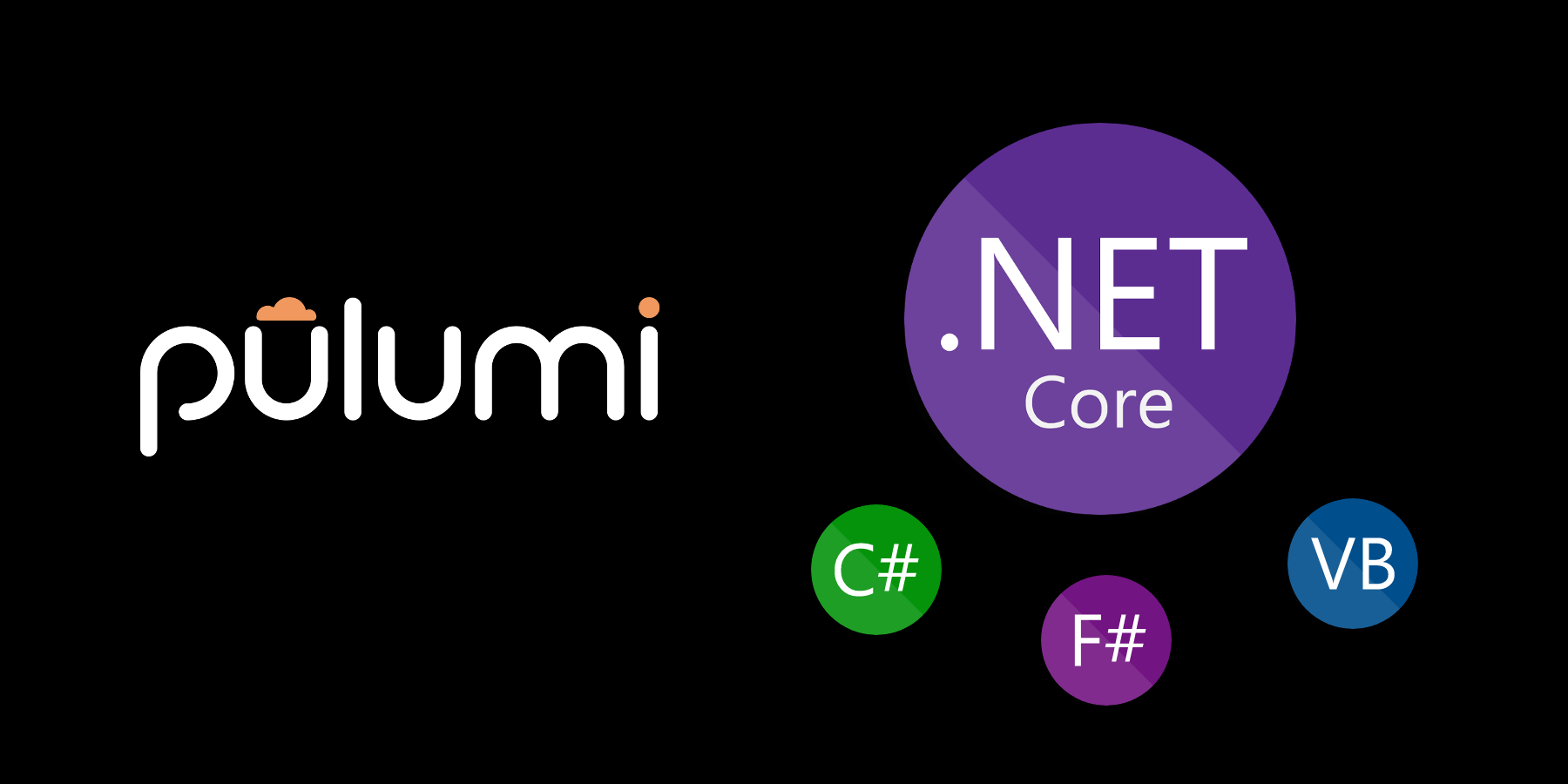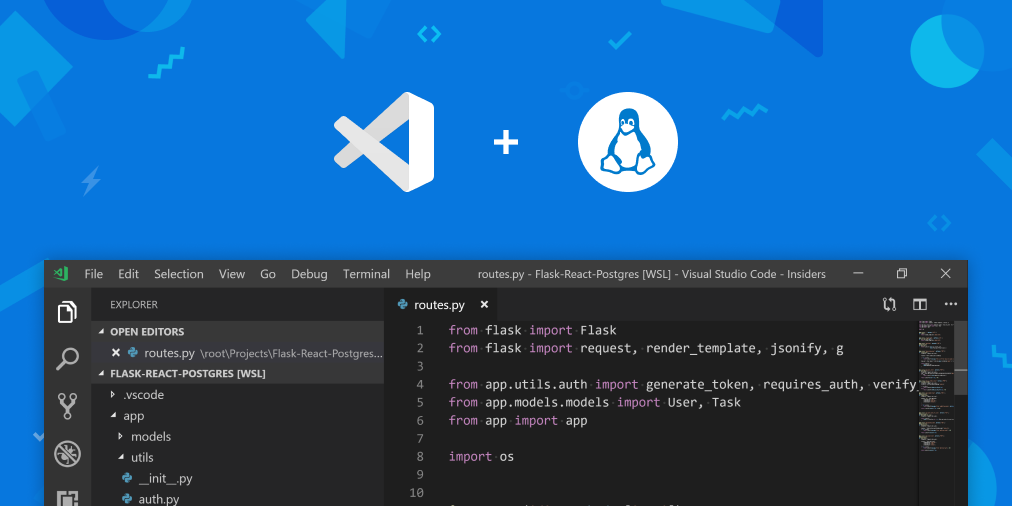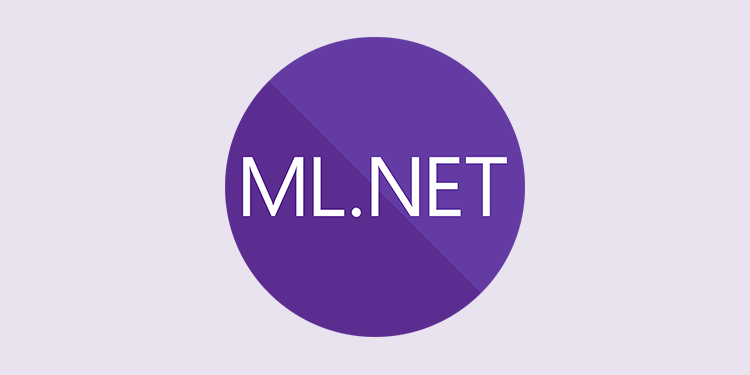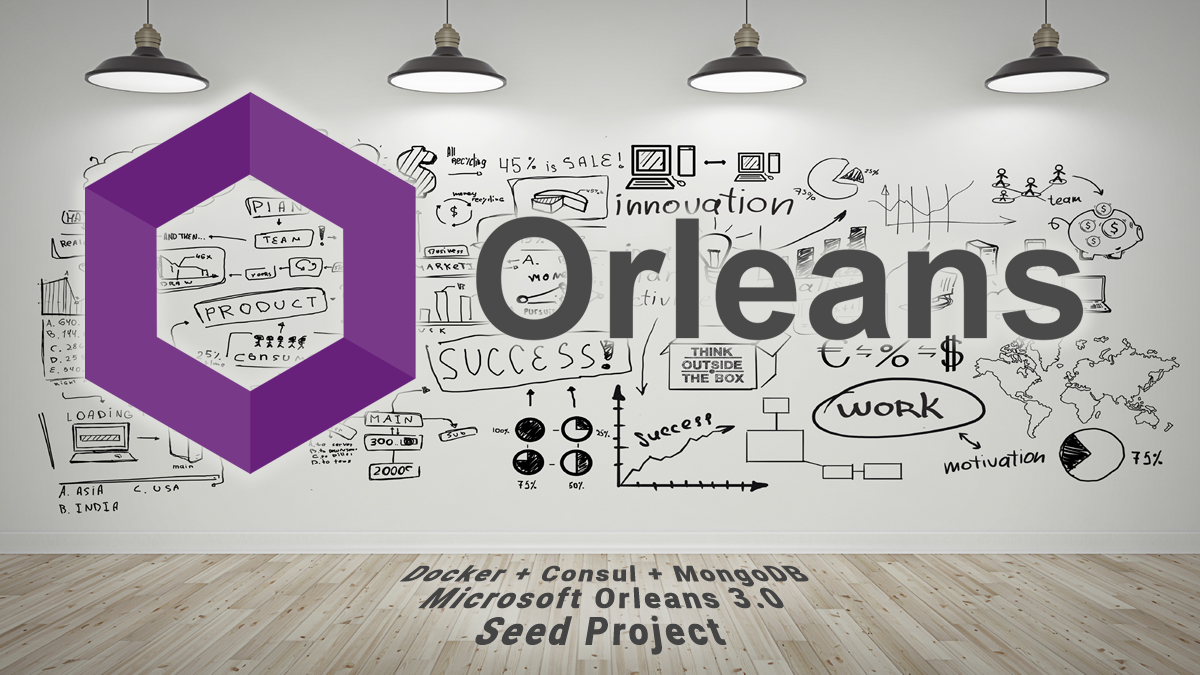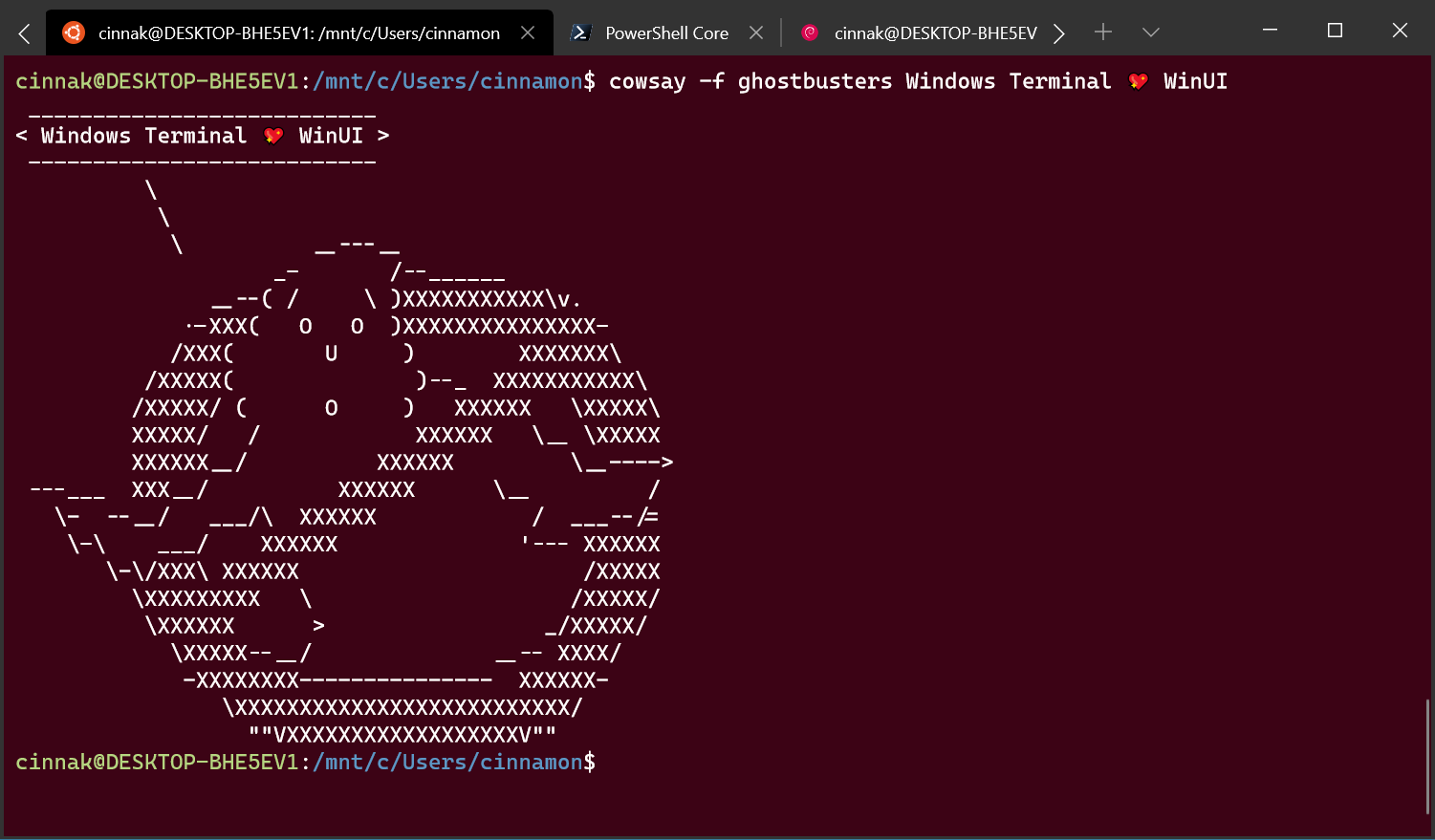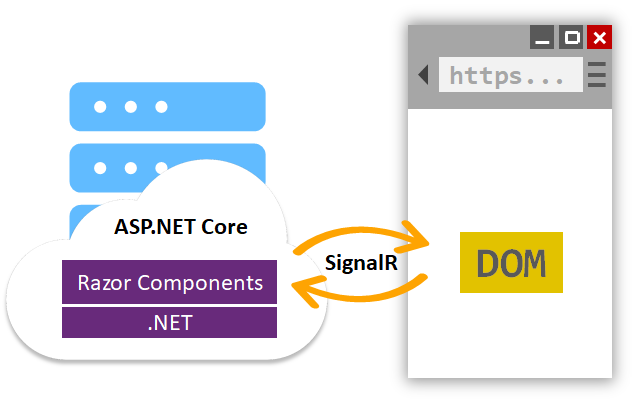We were speaking with a customer last year that builds dozens of mobile applications every year. They said, «We cannot remember the last time we made a mobile app that did NOT include a carousel view.» Many of you have expressed almost identical sentiments to us. So, we are very pleased to introduce a new
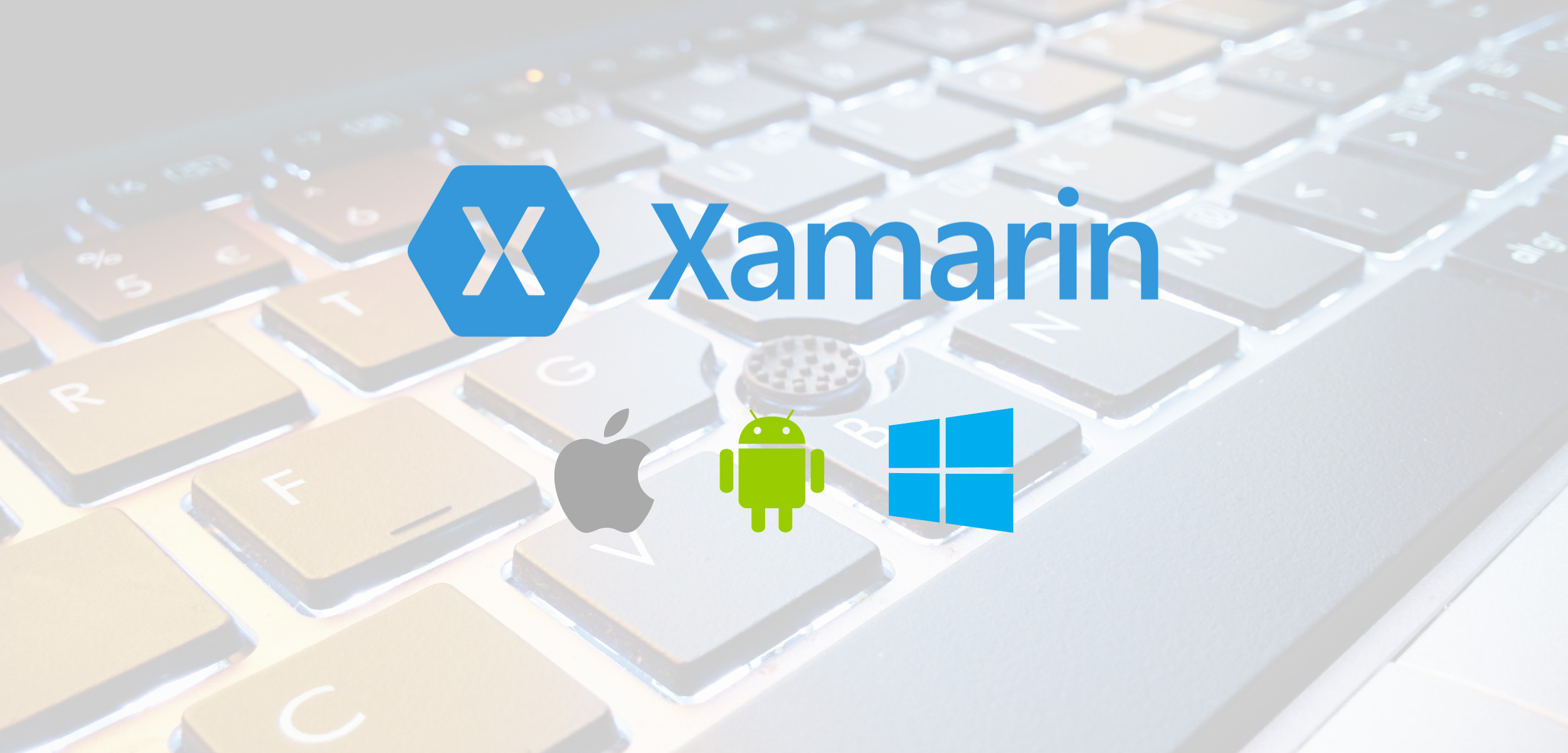
CarouselView control in Xamarin.Forms 4.4.0. Along with this we also have IndicatorView for displaying the pages or items in the carousel. As well as SwipeView for providing contextual actions to any element in a CollectionView. The release theme of getting things moving would not be complete without showcasing the new GIF animation support for images. Let’s begin right there.
